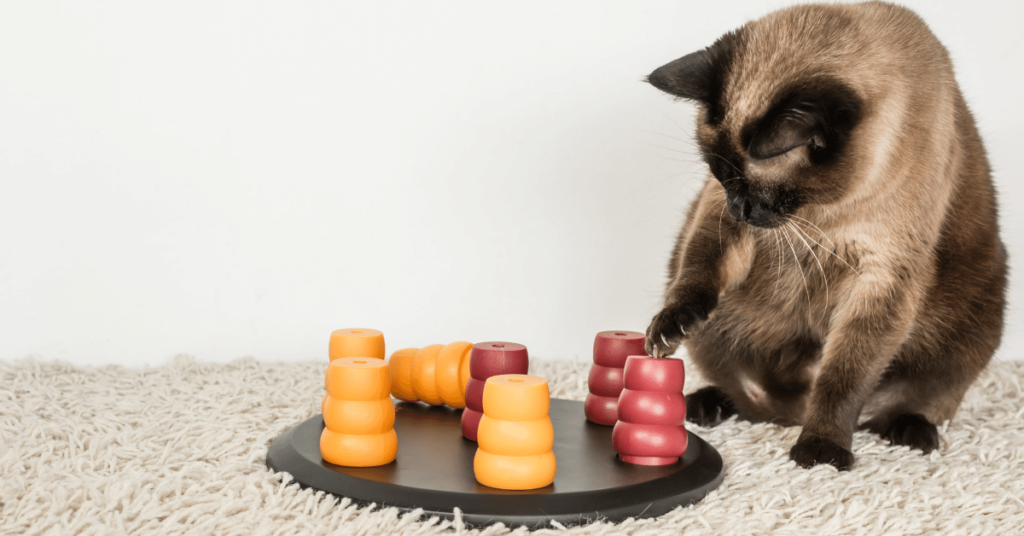Pets bring joy, companionship, and unconditional love into our lives. As pet owners, it is our responsibility to ensure their overall well-being, which goes beyond just providing food, shelter, and physical exercise. Mental stimulation plays a crucial role in keeping our pets’ minds sharp and promoting their overall health and happiness.
Understanding the Importance of Mental Stimulation
Just like humans, our furry friends have unique cognitive abilities that need to be challenged and exercised. Mental stimulation provides an outlet for their natural curiosity, promotes problem-solving skills, and prevents boredom. Without adequate mental stimulation, pets may become restless, exhibit destructive behaviors, or develop anxiety and other related problems.
Benefits of Mental Stimulation
- Enhanced Learning: Engaging your pet in mentally stimulating activities improves their ability to learn new tasks and commands. It helps them understand and respond to your instructions more effectively. Mental exercise sharpens their cognitive skills and boosts their overall intelligence.
- Stress Relief: Mental stimulation acts as a stress reliever for pets. Activities such as puzzle toys, interactive games, and training sessions can redirect their energy and focus, reducing anxiety and promoting relaxation.
- Curbs Destructive Behavior: Providing your pet with regular mental challenges helps divert their attention from destructive behaviors, such as scratching furniture or excessive barking. A stimulated mind leads to a well-behaved pet.
- Alleviates Boredom: Just like humans, pets can feel bored when their minds are not adequately engaged. Interactive toys, treat puzzles, and hiding treats around the house can keep them entertained and prevent boredom-related issues.
Fun Ways to Mentally Stimulate Your Pet
- Puzzle Toys: Invest in puzzle toys designed to stimulate your pet’s problem-solving skills. These toys usually require them to maneuver levers, buttons, or compartments to access treats or toys hidden inside. It keeps them engaged, mentally sharp, and rewards their efforts.
- Training Sessions: Regular training sessions not only teach your pet new tricks but also provide mental challenges. Teach them commands, obedience, and agility exercises. Positive reinforcement such as treats or praise motivates them and strengthens the bond between you and your pet.
- Interactive Games: Play interactive games such as hide-and-seek or treasure hunt. Hide treats or toys in different areas of your home and encourage your pet to find them. This not only stimulates their mind but also provides physical exercise.
- Rotating Toys: Avoid leaving all your pet’s toys accessible at once. Instead, rotate their toys regularly to maintain their interest. When reintroducing a toy after a break, it can excite and engage their mind, preventing boredom.
- Food Dispensing Toys: Use food-dispensing toys that require your pet to solve puzzles or work to get their food. This stimulates their problem-solving skills while making mealtime more fun and interactive.
Balancing Physical Exercise and Mental Stimulation
While mental stimulation is crucial for your pet’s well-being, it is important to strike a balance with physical exercise. Dogs, for example, need both physical and mental challenges to keep them happy and healthy. Engaging in activities like daily walks, fetch, or swimming sessions alongside mental stimulation activities will ensure your pet receives a holistic approach to wellness.
Summary
Mental stimulation is an essential component of a pet’s overall well-being. By incorporating interactive games, puzzles, and training sessions into their routine, we can keep their minds sharp, prevent boredom and destructive behavior, and promote a happier and healthier life for our beloved furry companions. Remember, a mentally stimulated pet is a happy pet!







